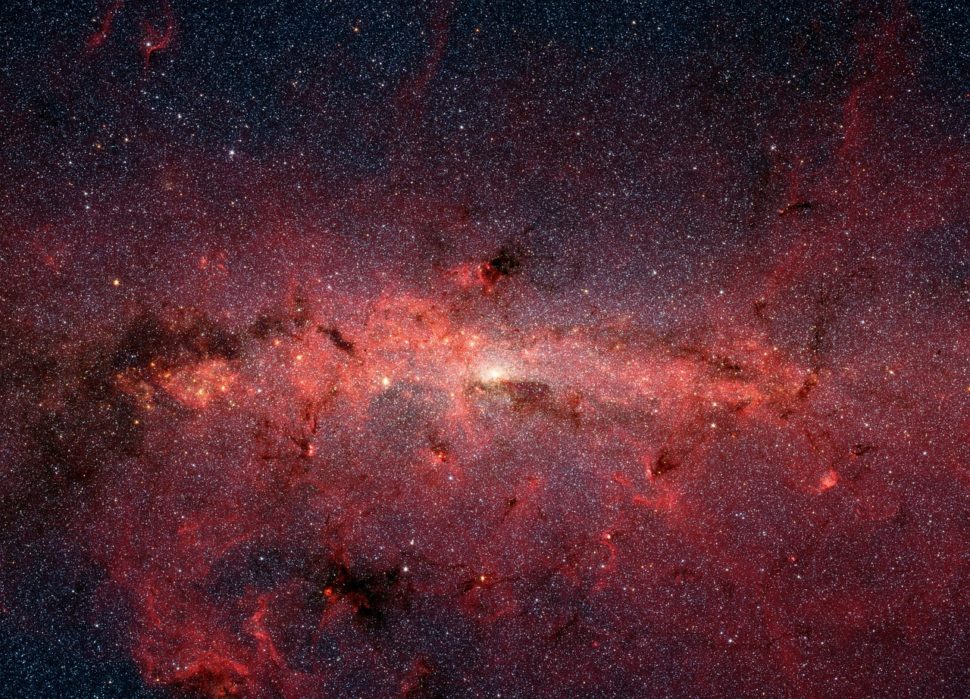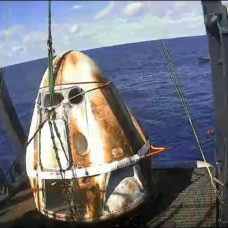Exactly one year ago, on April 18, 2018, a SpaceX Falcon 9 rocket launched TESS into an orbit that has never been used before.
NASA’s TESS, or Transiting Exoplanets Survey Satellite, is a planet-hunting space telescope, like the retired Kepler.
To detect exoplanets, TESS follows the same transit method, or the periodic dips of starlight, that helped Kepler telescope to find thousands of worlds outside our solar system.
But TESS is a whole other beast.
In the search for extrasolar planets, the TESS mission is simply a game changer. Besides being well-positioned in the “Goldilocks orbit”, TESS benefits from NASA’s significant expertise and the latest tech available.
TESS’s powerful four optical cameras will search an area about 400 times larger than that covered by the Kepler telescope, or over 85 percent of the sky, including 200,000 of the brightest stars near the sun, to find transiting exoplanets.
TESS Finds its First Earth Twin
TESS started its first official observations on August 7, 2018, and, right away, it detected two candidate exoplanets orbiting a dwarf star called Pi Mensae or (π Men), some 60 light years away from us.
Now, TESS has found a transiting exoplanet the size of Earth, about 53 light-years away from our Solar System.
Called HD 21749c, this Earth twin is about 90% Earth’s diameter and orbits an orange K-type star that’s 30% less massive than the Sun, located in the southern constellation Reticulum.
HD 21749c is likely rocky and orbits very close to its host star, with an orbital period of just under eight days, which means it’s scorching hot, with surface temperatures reaching as high as 800 degrees F.
“The spacecraft surveys the sky and we collaborate with the TESS follow-up community to flag potentially interesting targets for additional observations using ground-based telescopes and instruments, ” said Johanna Teske, from Carnegie Institution for Science, and second author of the paper.
One instrument that identified the planetary nature of TESS find and also helped measure its mass is the Planet Finder Spectrograph at Carnegie’s Las Campanas Observatory in Chile.
Read More: WASP-127b: The Strangest Exoplanet Ever Found
HD 21749c is TESS’ tenth confirmed exoplanet, and it happens to be its first discovered Earth-sized planet. It is also the second exoplanet TESS has found in this same star system.
Orbiting outside the habitable zone, HD 21749c is unlikely to host life — at least as we know it. But TESS is just getting started as it should find hundreds of other Earth-like planets.
Over two years, astronomers expect TESS to discover more than 20,000 exoplanets, including 500 to 1000 Earth-sized and super-Earth exoplanets.
Follow-up studies using other telescopes, like NASA’s upcoming James Webb Space Telescope, will look for signs of life to determine which are potentially habitable worlds.


















Comments (0)
Most Recent